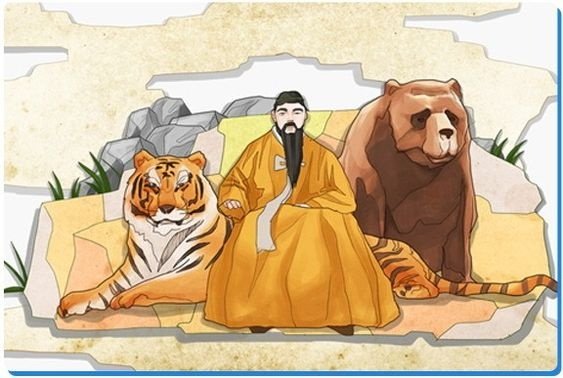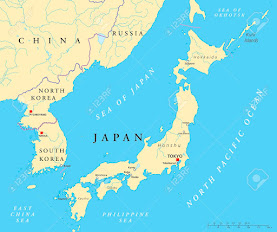The Korean creation myth is a captivating story that explains the beginnings of the Korean people and their land. This ancient myth is filled with divine beings and magical events, offering insights into Korea's cultural heritage.
In the
beginning, there was only darkness and silence, and the world was empty and
void.
Then, from
this emptiness emerged two divine beings: Hwanung, the Heavenly King, and his
son, Dangun Wanggeom. They descended from the heavens to bring order and life
to the world.
Hwanung
chose a beautiful mountain, Mount Taebaeksan, as his dwelling place. He also
established rules and laws to guide the people who would come to live in this
new land.
One day, a
bear and a tiger approached Hwanung with a wish. They wanted to become humans,
so Hwanung set them a challenge: to eat only garlic and mugwort and to stay in
a dark cave for 100 days.
The bear
and tiger agreed to the challenge, but the bear gave up halfway through and
left the cave. The tiger, however, persevered, and successfully transformed
into a woman.
This woman,
named Ungnyeo, became the mother of Dangun Wanggeom, who would later become the
founder of the Korean nation. Dangun established the first Korean kingdom,
Gojoseon, in 2333 BCE, marking the beginning of Korean civilization.
The Korean
creation myth is a testament to the belief in divine origins and the importance
of harmony with nature. It celebrates the resilience and determination of the
Korean people, symbolized by the tiger who became a woman and the legendary
Dangun Wanggeom, who laid the foundation for Korea's rich cultural heritage.







0 Comentarios